Do you know in today’s era, the various species of reptiles are in danger of extinction? Have you ever thought about what could be the reason for their extinction? Or what could be the best climate for reptiles to survive? The study found that 30% of forest-dwelling reptiles are at risk of extinction, compared with 14% of reptiles in arid habitats. What might be the real cause for the extinction of reptiles?
Habitat destruction is the biggest cause for the extinction of reptiles. Other major threats include the displacement of native reptiles by invasive species and hunting. All these threats are human-induced and pose a problem for all other groups of animals.
Turtles and crocodilians are the most endangered groups. About 57.9% of turtle species and 50% of crocodile species are endangered, compared to 19.6% of the lizards and snakes. The most famous members of the reptile family, the dinosaurs, vanished as a result of the collision of a huge meteor, which distorted the Earth’s environments, and as a result, many species could not survive.
So it’s our basic duty to preserve these species for the future , otherwise the ecological balance of the planet will get disturbed. So let’s move further and explore more about the reptiles.
What are Reptiles?
Reptile is the common name for one of the main groups of land vertebrates (animals that have backbone and a skeleton). They are air-breathing vertebrates enclosed in unique type of skin made up of scales, bony plates, or a mixture of both.
The name ‘reptile’ comes from Latin and means ‘one who creeps’. The best climate for reptiles needs a constant temperature that ranges between 70-85 degrees fahrenheit with a basking region that attains over 100 degrees fahrenheit.
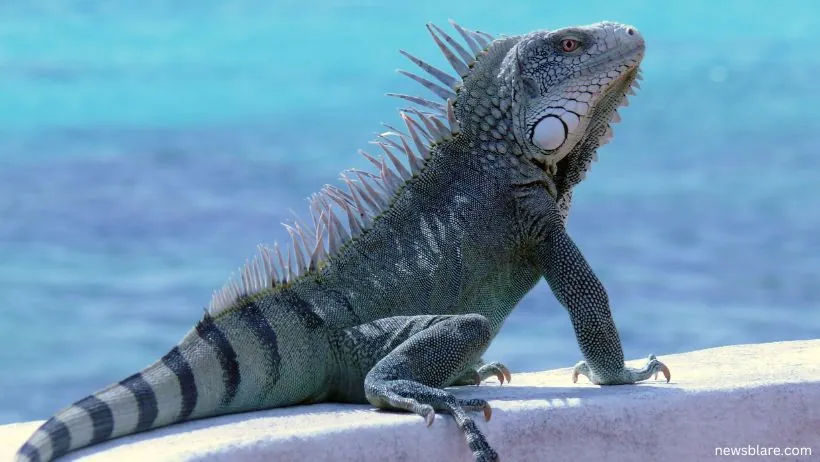
All living reptile species are cold blooded and lay cleidoic eggs. They excrete uric acid (instead of urea), and have a cloaca. A cloaca is a shared opening for the anus, urinary tract and reproductive ducts. Reptiles also share an arrangement of the heart and major blood vessels which is diverse from that of mammals.
Crocodiles, snakes, lizards, turtles, and tortoises etc. are some of the various types of reptiles.
Main characteristics of Reptiles:
At a central level, all reptiles have four legs, or are slided down from creatures with four legs (together with snakes, which still seems bearing some of the genes for making legs). They are also vertebrates with a backbone to house the spinal cord. In addition, most reptiles share the following characteristics:
1. Regular shedding
Reptiles shed their skin constantly throughout their lifetimes. Shedding tends to be the most common during the adolescent phase, because the skin doesn’t really grow in ratio with the body. The frequency of the shedding leans to reduce once the reptile reaches adulthood. At that point it’s mostly shed to uphold good health.
2. Egg-laying
With the exclusion of some snakes and lizards, which provide birth to live young, all reptiles are oviparous and produce eggs in a nest. The soil temperature at this time decides whether the youngone are born male or female. Asexual reproduction is very unusual, but it has been recognized to happen in some snakes and lizards.
3. Rough scales
The skin of reptiles covered in rough horny layers of scales, bony plates, or a mixture of the two. These scales are poised of keratin, the similar material in nails, hair, and claws. The skin is in fact rather thinner than you might suppose because it lacks the same dermal coating as mammals. But the watertight skin does permit the reptile to live and flourish in drier ecosystems.
4. Tiny digestive tracts
With a few exceptions, reptiles are meat eaters with comparatively tiny digestive tracts. Due to their slow metabolism, they can manage to digest food gradually and consume few meals. In its most severe form, crocodiles, boas, and other reptiles can endure months on a single meal. Herbivorous reptiles do survive, but they face difficulty, as they lack any compound dental system.
5. Cold-blooded
Reptiles have a noticeably low metabolic rate, which helps them to preserve energy, but it does not mean that they lack any internal means to keep the body temperature constant.
Exclusive of fur or feathers for insulation, reptiles do not have the means to live warm in cold temperatures. And without sweat glands, they also cannot stay cool in hot temperatures.
To balance this, they rely on the sunlight or shadow as needed, to change their internal temperature. The leatherback sea turtle is the only reptile species with even some essentials of warm-blooded bodily processes.
6. Chemoreception
Many but not all reptiles have chemically receptive organs in the nose or the roof of the mouth to identify their prey. This capability supplements or even replaces the wisdom of smell. Snakes in particular sense chemicals in the air by flipping out their tongues quickly. This has the outcome of transferring scent particles from the tongue to the top of the mouth.
7. Extremely developed lungs
All reptiles depend on their lungs to breathe air. Even the species with holey skin and other adaptations can never entirely breathe without the use of their lungs.
Types of Reptiles and Best Climate Required
Reptiles are classified under four diverse orders, i.e. Crocodilia, Rhynchocephalia, Squamata, and Testudines:
1. Crocodilia:
Class: Reptilia | Scientific name: Crocodilia | Speed: Black caiman: 48 km/h | Domain: Eukaryota | Kingdom: Animalia
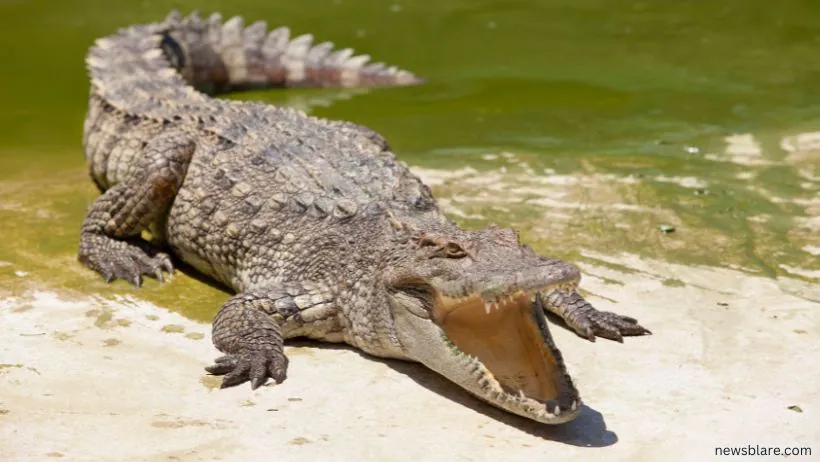
As the name signifies, this reptile order contains reptiles such as crocodiles, caimans, alligators, and gavials. This is one of the largest carnivorous predators in the world. Featuring a firmed snout, tough skin, an extended tail, and rows of huge teeth, the Crocodilia species splurge a great time of their lives in or near water. They first appeared about 94 million years ago and are in the closest connections to birds.
Crocodilians cannot produce much body heat of their own so they must rely upon warmth from outside. They purposely warm themselves by basking in the sun or on a warm plane. When they want to cool off, they choose to lie in the shade or go into the water.
At low body temperatures Crocodilians cease to nourish and become torpid. In South Africa young Nile crocodiles in custody generally show no interest in food when air or water temperatures are below 15.6° C (60° F). At temperatures lower than 7.2º C (45° F), they are incapable of moving correctly and cannot keep their poise in the water. In this state they may sink. The 9 groups and 28 species of Crocodilia are split into 3 subfamilies:
- Alligatoridae (alligators and caimans)- They are huge, powerful, semi aquatic reptiles with small webbed feet, powerful tails, and rough, keratinized scales covering the dorsal plane.
- Crocodylidae (true crocodiles)- The Crocodylidae family of crocodylians comprise the true crocodiles which are the members of the subfamily Crocodylinae and the Tomistoma species.
- Gavialidae (the gharial and false gharial)- Gavialidae most likely the only living species in the Family. The gharial is one of only two species in the Gavialidae family. It has a feature extended, narrow snout, similar merely to the tomistoma.
2. Rhynchocephalia
Class: Reptilia | Scientific name: Rhynchocephalia | Order: Rhynchocephalia; Günther 1867 | Kingdom: Animalia | Phylum: Chordata | Superorder: Lepidosauria
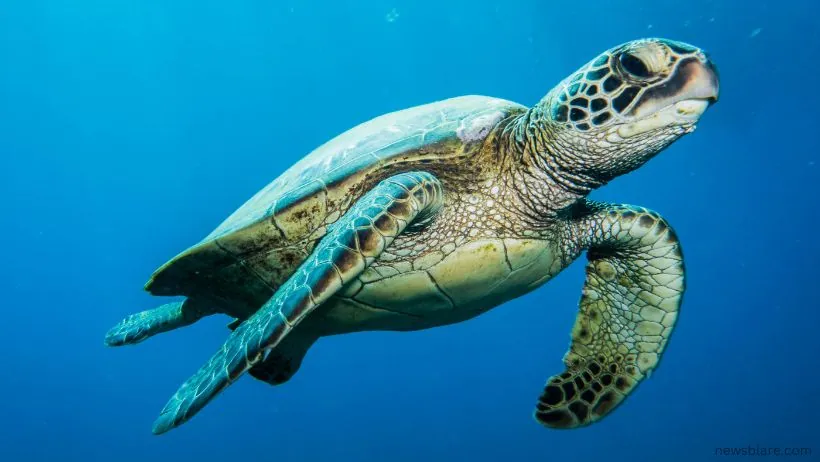
This reptile order includes just one family and only one existing species named Tuataras, and they are widespread to New Zealand. The oldest fossil footage of this reptile goes back to the Middle Triassic, around 240 million years ago.
Most reptiles in this order have vanished now. Albert Günther of England, in 1867, projected this reptile order Rhynchocephalia for the Tuatara and their fossil equivalent after monitoring its features related to birds, turtles, and crocodiles.
More fresh detailed laboratory studies on thermoregulation of tuatara revealed the best climate for reptile preferred temperature range of 19.5 – 23.1 °C and that tuatara adjust their basking behavior in reply to the thermal quality of their surroundings.
3. Squamata
Class: Reptilia | Scientific name: Squamata | Kingdom: Animalia | Phylum: Chordata | Superorder: Lepidosauria
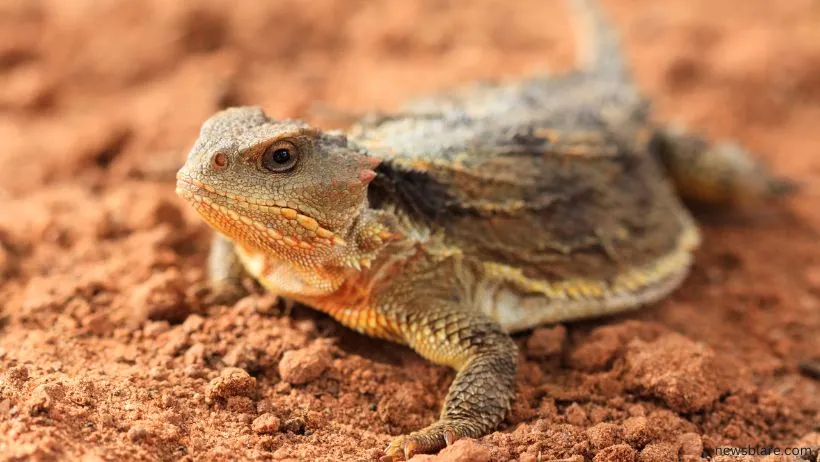
Squamata is the major order of reptiles, comprising lizards and snakes. With over 11,500 species, it is moreover the second-largest order of living vertebrates, after the perciform fish. Members of the order are notable by their skins, which bear horny scales or shields, and must occasionally engage in molting.
They also acquire movable quadrate bone which is particularly noticeable in snakes, that makes them able to open their mouths very broad to accommodate relatively large prey. Squamates are the most erratically sized living reptiles, ranging from the 16 mm (0.63 in) to the 6.5 m (21 ft). The currently extinct mosasaurs reached lengths over 14 m (46 ft).
Among other reptiles, squamates are most closely related to the tuatara, the last existing member of the once diverse Rhynchocephalia, with both groups being placed in the class Lepidosauria.
Best climate for reptiles like Woodland lizards needs moderate warmth (75-90 degrees F) and humidity (60-80%). Rainforest lizards need a warm and humid environment between 75-90 degree F and a daytime basking region.
4. Testudines
Scientific name: Testudines | Domain: Eukaryota | Kingdom: Animalia | Order: Testudines; Batsch, 1788 | Phylum: Chordata
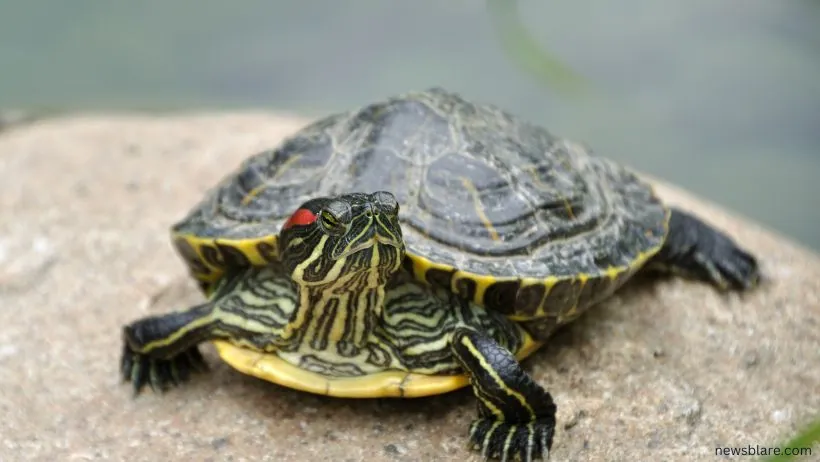
Chelonia is an alternate name for Testudines. This reptile order includes turtles, terrapins, and tortoises. All species under this order have a hard case covering their bodies. There are 14 families and 335 species of reptiles classified under this reptile sort.
Tortoises include just a single family (Testudinidae), which is phylogenetically embedded within the turtles. Best climate for reptiles like testudines should range between 90-95° F (32-35° C). Their water should stay between 72-77° F (22-25° C). Their nighttime temperature should range between 65-75° F (18-24° C) for their best survival.
FAQs:
Q1. What is the best climate for reptiles?
Ans. Reptile species vary, but most require a constant temperature between 70 to 85°F with basking areas that reach over 100°F.
Q2. In which type of climate can you expect to see reptiles?
Ans. We can expect to see reptiles in hot and humid climates. As, during the day, reptiles keep their bodies warm by absorbing the solar radiation. And at night, they seek shelter to keep their bodies warm.
Q3. Which is the best climate for reptiles like Lizard?
Ans. Lizards like to be warm and need plenty of light to survive.
Q4. Which animal is a reptile?
Ans. Snakes, lizards, turtles, and crocodilians are reptiles. Like all vertebrates, reptiles have bony skeletons that support their bodies. Scales help prevent reptiles from losing water through their skin.
Q5. What is the classification of a reptile?
Ans. Reptiles are commonly placed in four different orders: Crocodilia, Sphenodontia, Squamata, and Testudines. Each order of reptiles has different characteristics.
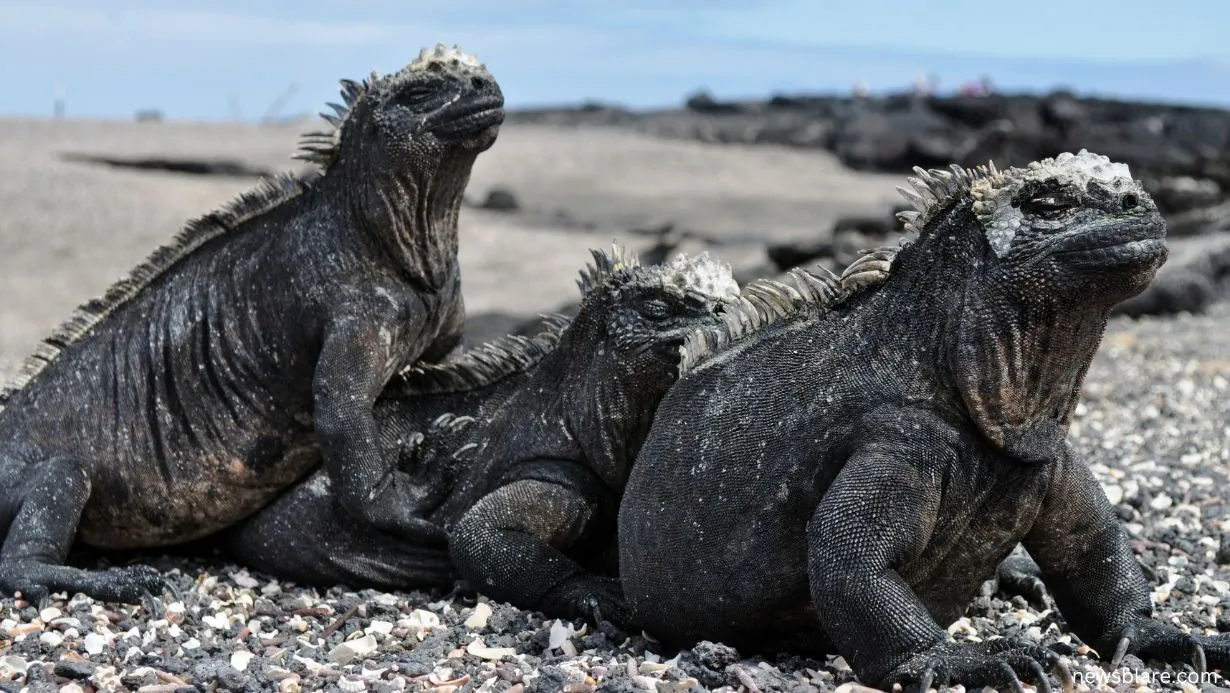
1 Comment